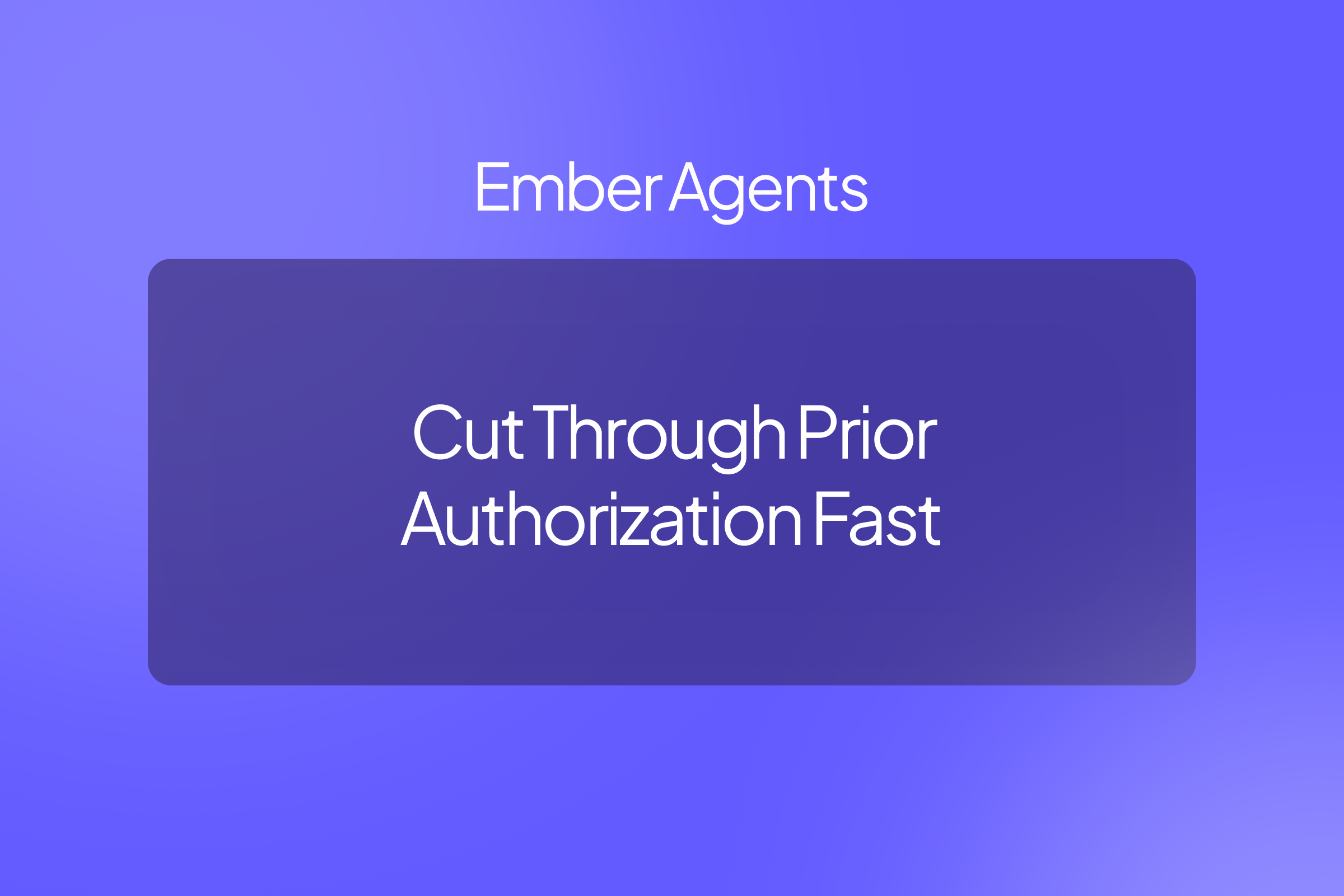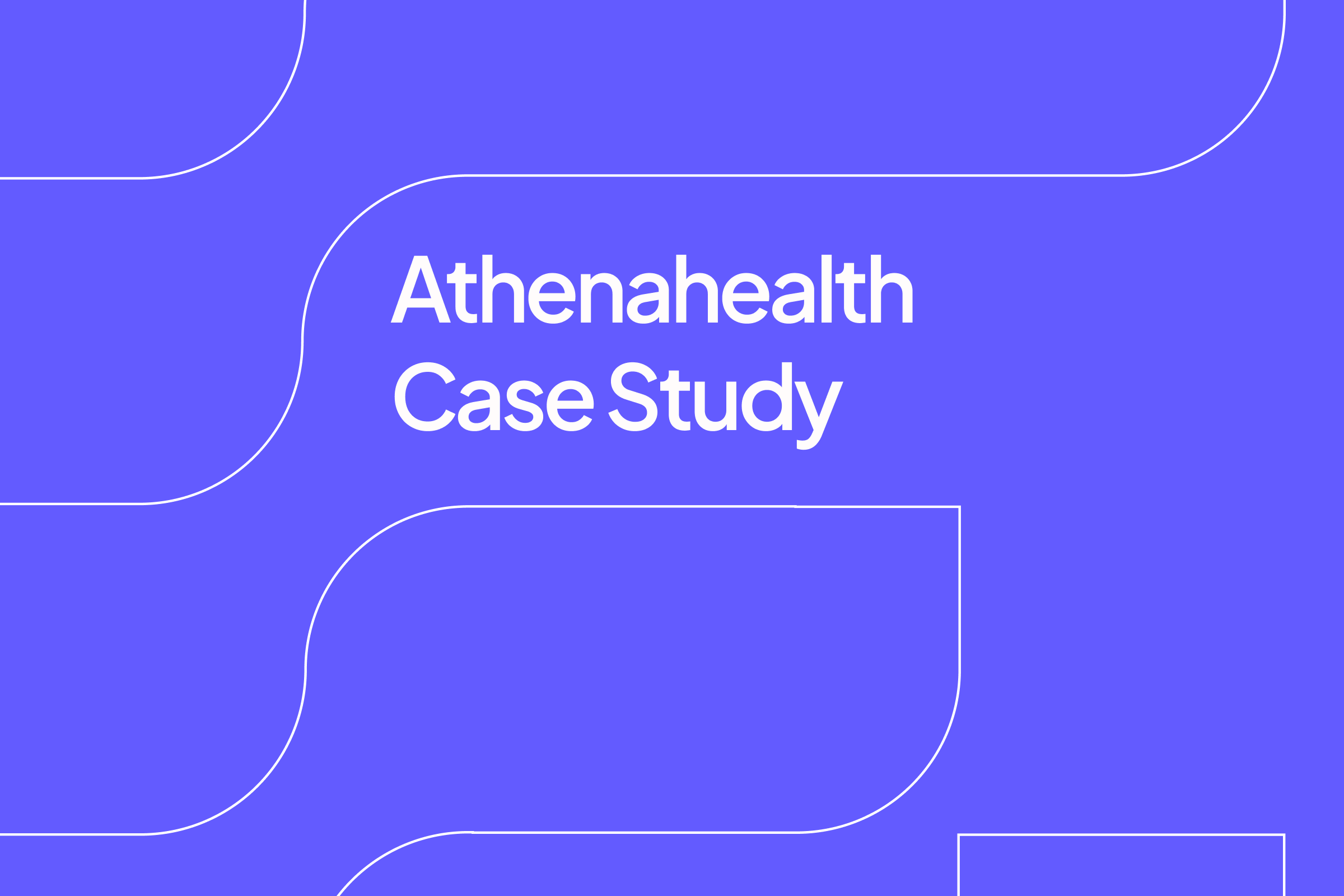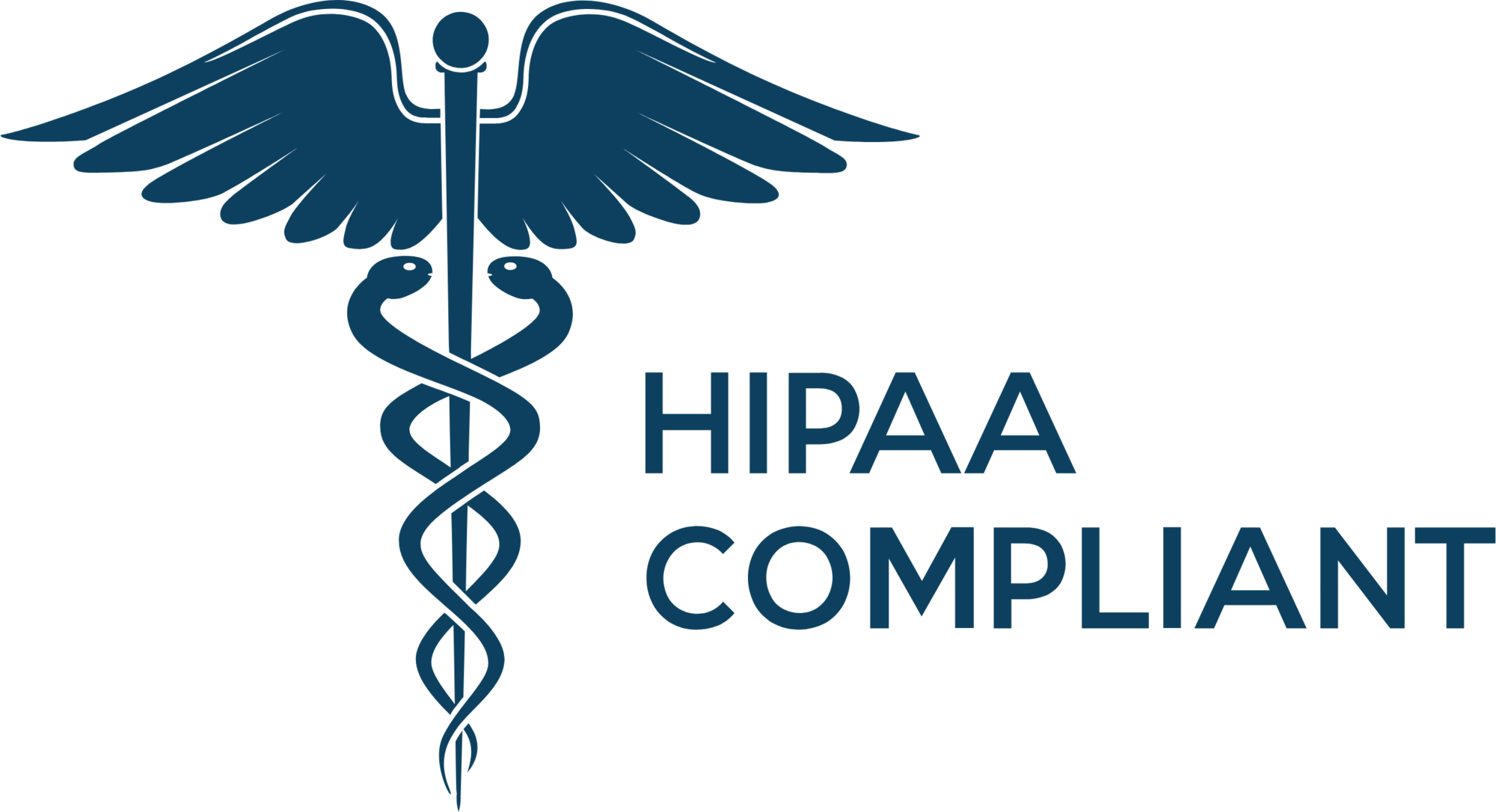
Decoding PR-3 Denials: A Comprehensive Guide for Healthcare RCM Teams
1. What Does PR-3 Claim Denial Mean?
Explaining PR-3 in simple terms
PR-3 indicates a copayment amount that is the patient's responsibility to pay. This adjustment code is used when processing claims to show that a fixed portion of the bill should be collected from the patient, separate from what the insurance covers. Unlike other denial codes, PR-3 isn't technically a denial - it's an adjustment indicating the patient's financial responsibility through a copayment.
Why this adjustment happens and what it means for your claim
- Insurance plans have predetermined copayment amounts
- Copayments are typically due at time of service
- The amount is a fixed dollar amount, not a percentage
- PR-3 helps clearly separate patient responsibility from insurance coverage
2. Top Reasons PR-3 Appears on Claims
Common scenarios for PR-3 adjustments
- Office visits with standard copay requirements
- Specialist consultations
- Emergency room visits
- Prescription medication copays
- Diagnostic testing services
How PR-3 differs from other patient responsibility codes
PR-3 is unique among patient responsibility codes because it specifically deals with fixed-dollar copayments. Unlike coinsurance (percentage-based) or deductible amounts, copayments are predetermined flat rates that remain consistent regardless of the total service cost. This makes PR-3 adjustments more straightforward to handle and explain to patients compared to other types of patient responsibility adjustments.
3. How PR-3 Affects Your Revenue
The financial and operational impact of copayments
- Represents guaranteed upfront revenue when collected properly
- Affects cash flow when not collected at time of service
- May require additional billing efforts if not collected initially
- Important part of overall practice revenue
Why managing copayments is critical for your practice
Effective copayment collection is crucial for maintaining healthy cash flow and reducing accounts receivable. When copayments aren't collected at time of service, practices face increased administrative costs and potential collection challenges. Additionally, consistent copayment collection is often required by insurance contracts, making it an important compliance issue as well as a financial one.
4. The Key to Managing PR-3 Effectively
Actionable steps to optimize copayment collection
To effectively manage PR-3 adjustments, practices must implement comprehensive front-desk collection processes. This includes verifying insurance benefits before appointments, clearly communicating copayment requirements to patients, and training staff on proper collection procedures. Having clear policies and the right technology in place ensures consistent copayment collection at time of service.
Best practices for improving collection rates
Success in managing PR-3 adjustments requires a systematic approach to copayment collection and tracking. Practices should develop clear protocols for verifying copayment amounts, training staff on collection techniques, and implementing payment technology solutions. Regular staff training on communication skills and payment collection procedures helps ensure consistent application of copayment policies.
5. How Ember Can Help
Spot Claim Denials Before They Happen
- Predictive analytics flag high-risk claims automatically
- Alerts notify staff about missing authorizations
- Network status checks ensure compliance
- Real-time eligibility verification avoids surprises later
Turning Denials Into Opportunities
Ember doesn't just help resolve denials—it helps you learn from them. By analyzing patterns in denial data, you can identify recurring issues and improve processes. This ensures:
- Better understanding of claim requirements
- Improve staff training and workflows
- Fewer denials overtime, with actionable insights to make smarter decisions Turning challenges into opportunities leads to stronger performance and fewer claims falling through the cracks.
Making the process easier, faster, and more efficient
Ember improves every step of the denial management process by automating tasks such as eligibility checks and verification. With Ember, you can:
- Save time by reducing manual work
- Provide staff with clear alerts and next steps for resolution
- Ensure a faster and more reliable claim submission process Ember Copilot helps reduce the effort required, lowers denial rates, and boosts overall efficiency for your team.
By staying informed, organized, and proactive, you can keep PR-3 adjustments from impacting your practice's performance, and ensure that everyone—staff, providers, and patients—benefits from a smoother, more predictable reimbursement process.
Lynn Hsing is a recognized leader in healthcare marketing. Having worked closely with health systems and providers, Lynn brings a nuanced understanding of the challenges they face — from administrative burden and claim denials to reimbursement delays and staff shortages. This firsthand insight has shaped Lynn’s ability to translate complex AI solutions into meaningful value for healthcare organizations.








